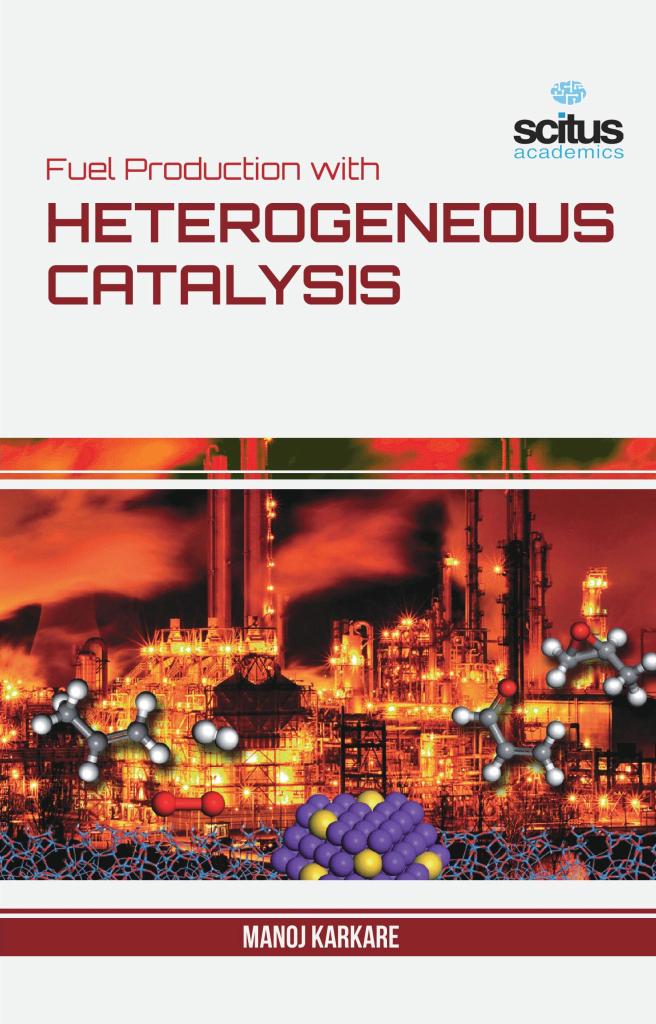A catalyst is another substance than reactants products added to a reaction system to alter the speed of a chemical reaction approaching a chemical equilibrium. It interacts with the reactants in a cyclic manner promoting perhaps many reactions at the atomic or molecular level, but it is not consumed. Another reason for using a catalyst is that it promote the production of a selected product.
A catalyst that is in a separate phase from the reactants is said to be a heterogeneous, or contact, catalyst. Contact catalysts are materials with the capability of adsorbing molecules of gases or liquids onto their surfaces. The great majority of practical heterogeneous catalysts are solids and the great majority of reactants are gases or liquids. Heterogeneous catalysis is of paramount importance in many areas of the chemical and energy industries. An example of heterogeneous catalysis is the use of finely divided platinum to catalyze the reaction of carbon monoxide with oxygen to form carbon dioxide.
Fuel Production with Heterogeneous Catalysis presents the groundbreaking discoveries, recent developments, and future perspectives of one of the most important areas of renewable energy research—the heterogeneous catalytic production of fuels.













